Affiliate links on Android Authority may earn us a commission. Learn more.
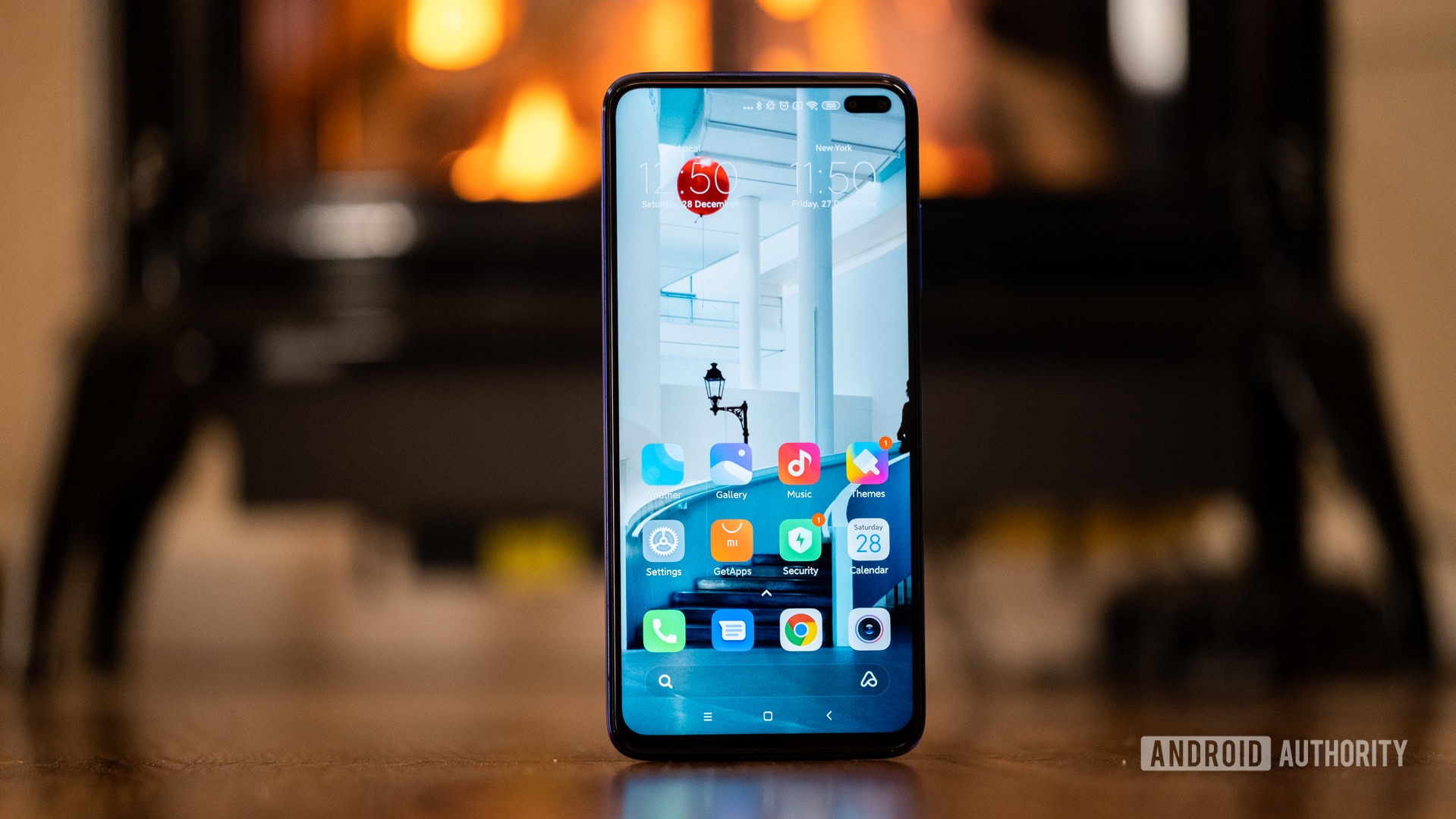
Redmi K30 review: Immense value in a difficult ecosystem
Published onDecember 29, 2021
Redmi K30
What we like
What we don't like
Redmi K30
The Redmi K30 is a new mid-ranged device from Redmi, a sub-brand of Xiaomi. But like other Chinese smartphones, the Redmi K30 is only mid-ranged in a few key areas, while it beats high-end flagships in others.
Sporting a fast 120Hz IPS LCD display, a 4,500mAh battery, and four rear cameras, this phone feels like it may be worth a lot more than Redmi is asking. But is that really the case?
This is Android Authority’s Redmi K30 review.
What’s the big deal?
As stated earlier, the Redmi K30 is running some impressive specs for a phone as inexpensive as it is. We used the top-end 4G model, which comes with 8GB of RAM and 256GB of storage. This model costs 2,199 yuan or about $314. The cheapest model with 6GB of RAM and 64GB of storage costs just 1,599 yuan or about $229. That’s wildly inexpensive.
Besides those specs, you’re getting a Snapdragon 730G processor from Qualcomm, a 4,500mAh battery with 27W fast charging, four rear cameras, including the new Sony IMX 686 64MP sensor, a 120Hz IPS LCD display, and even a headphone jack. With those specs added, this may be one of the highest-value smartphones on the market.
There will also be a 5G variant of this phone, which costs 1,999 yuan (~$286) for the baseline specs model and 2,899 yuan (~$414) for the top-end version. This makes it one of the cheapest 5G phones you can get right now, but of course, this will only work on sub-6GHz networks, not mmWave.
What is performance like?
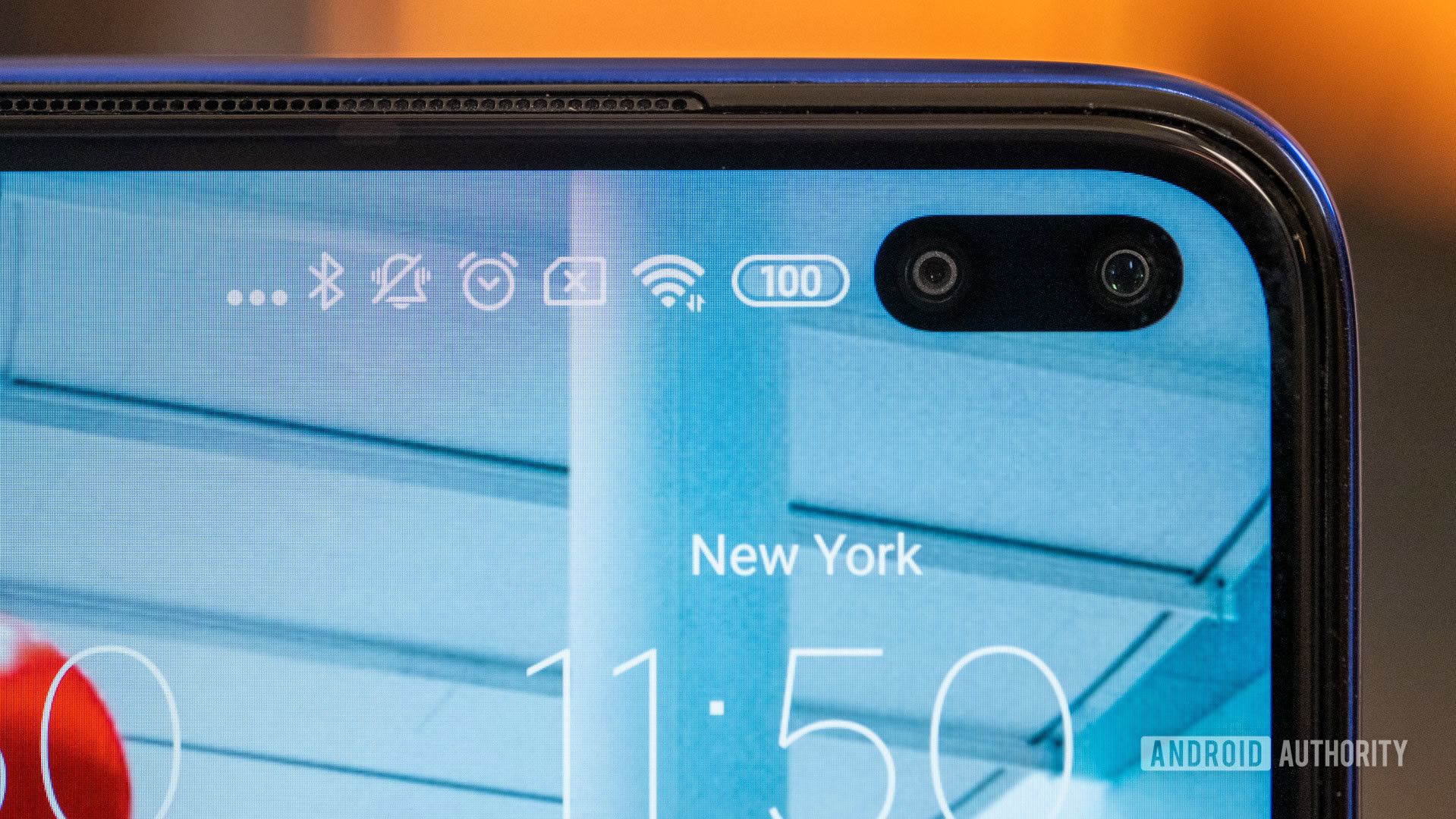
Overall, the Snapdragon 730G and 8GB of RAM are more than enough for my mobile use cases. I did have some random instances of apps freezing, but I had to sideload the Google Play Store and Google Play Services since this is a Chinese model.
For multitasking, the K30 just flew. 8GB of RAM was enough so I never got kicked out of apps, and the phone never needed to reload anything into memory. For all but the most demanding users, notably gamers, this phone will handle almost anything you throw at it.
How’s the battery life?
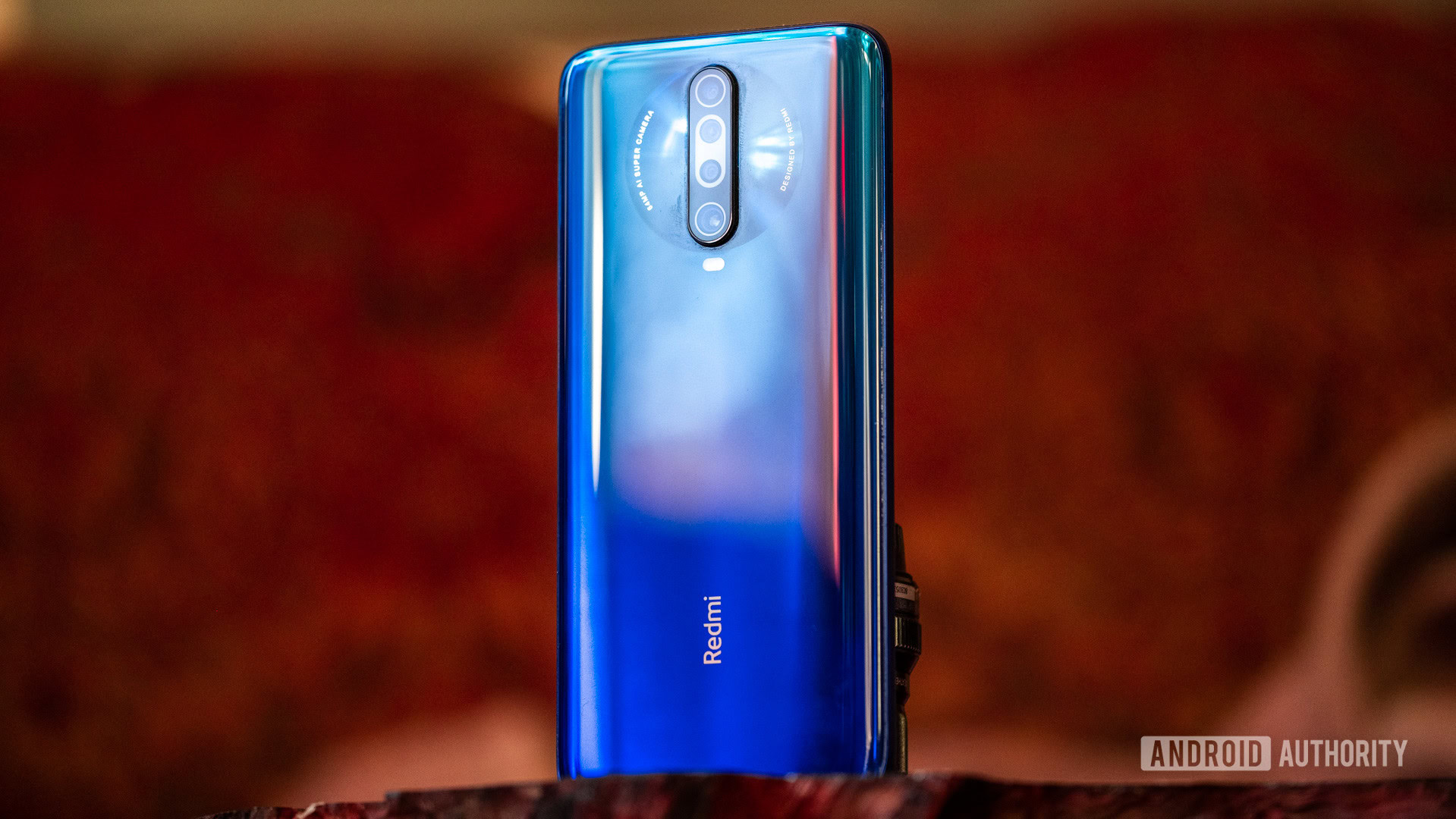
With a 4,500mAh battery, you’d probably expect the Redmi K30 to get incredible battery life. But when you have a display refreshing 120 times per second, that’s not exactly the case.
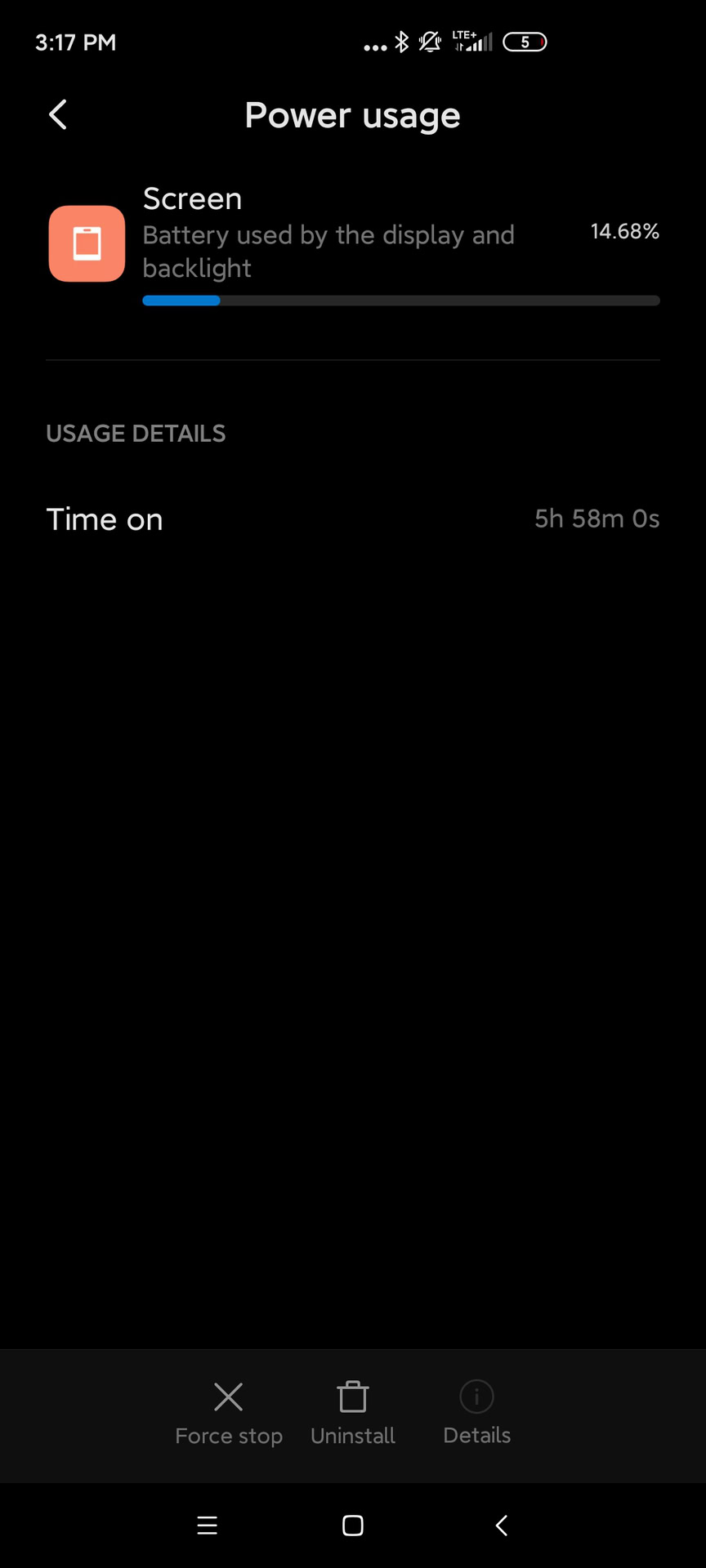
On an average day, I got about six hours of screen-on time. This isn’t bad at all – about average for a smartphone in 2019. You have the option to toggle the refresh rate to 60Hz which will surely save battery life, so you’ll have to decide if that extra smooth display is worth it to you.
When you do find yourself needing to top off your battery, the Redmi K30 comes with a fast 27W charger. That’s not quite as fast as HUAWEI’s 40W standard or even OnePlus’ Warp Charge 30, but it’s still faster than the Pixel 4’s 18W charger or the Note 10 Plus’ 25W charger. For the price, that’s pretty damn good.
Is 120Hz worth it?

You can definitely feel the difference between a 60Hz and 120Hz display, but whether you need it is a completely different question. This is an LCD display like we saw on the Razer Phone 2, meaning the phone needs to illuminate the whole display instead of individual pixels. The display is a 6.67-inch 1080p panel.
You won’t get the pure blacks and bright whites of an AMOLED display with this device, but that doesn’t mean the screen is bad. Only when using my phone at night did I notice how much nicer an AMOLED display would be, but in most use cases, it’s totally fine. If you want a 120Hz AMOLED display, you’ll have to nab the slightly pricier ASUS ROG Phone 2.
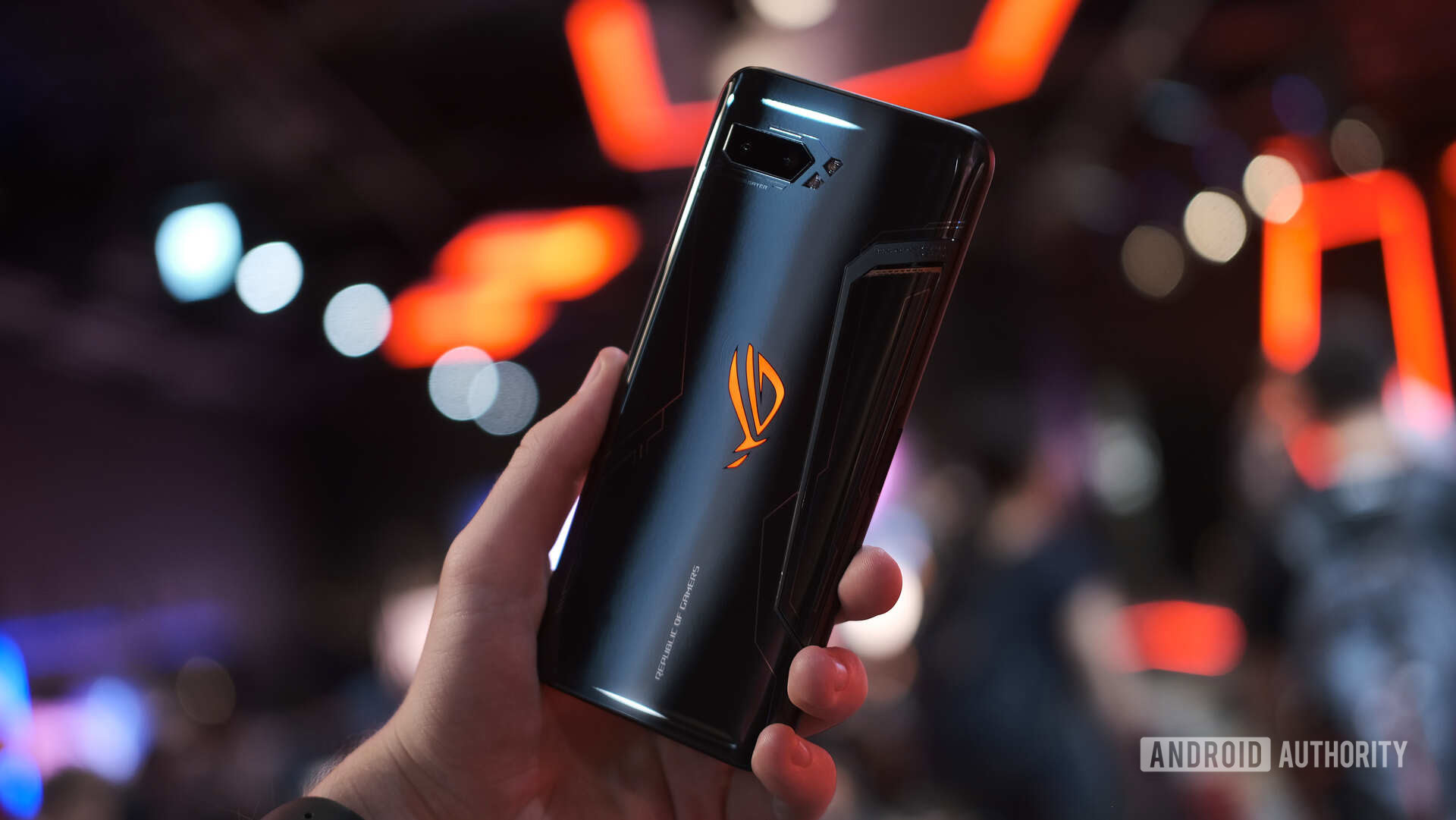
I would personally prefer to keep this phone on 60Hz and reap the benefits of better battery life, but that’s totally dependant on the user. If I was more into mobile games the 120Hz display would be a much bigger deal to me. Still, you can always toggle between the two modes as you like.
How are the cameras on the Redmi K30?
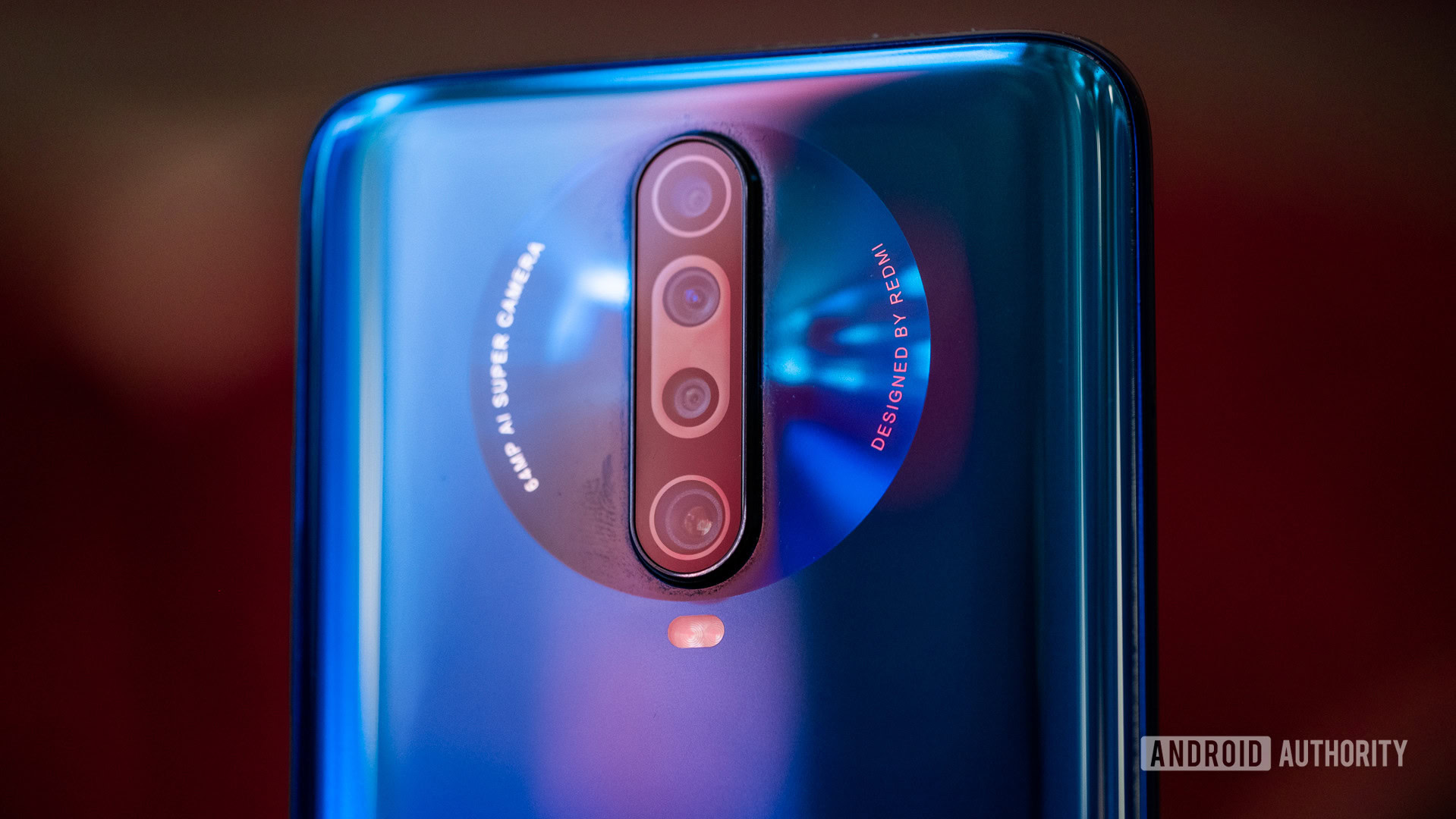
The Redmi K30 has four cameras on the rear, and two on the front. There’s the new 64MP Sony IMX686 – a direct successor to the popular 48MP IMX 586, an ultrawide 8MP sensor, a 2MP macro camera, and a 2MP depth sensor. On the front, you’ve got a 20MP selfie camera and a 2MP depth sensor.
The new IMX686 sensor pulls its weight in good light, and bins images to 16MP. Xiaomi’s image processing is quite flat, which I like. There’s a lot of dynamic range but it’s not overdone like a lot of other manufacturers, and there’s a lot of information to work with it you want to edit in post.
The selfie camera has good sharpness in good light, but the flat color profile doesn’t look very good on skin tones. If you’re a big selfie person, you’ll want to apply a filter or edit to your photos before you share them. In lower light, you’ll see a decent amount of smearing. Weirdly, color reproduction seemed better in low-light circumstances.
Portrait mode is quite good, with decent edge detection. If you use the full 64MP mode you’ll get a sharper image than the binned 18MP mode, but you’ll need a lot more light to make it look good. In most situations, you’ll want to use the standard camera mode.
This phone doesn’t handle low-light very well. It has to keep the shutter open for too long to get enough light for the image, and you’ll often get smearing. If you want a good low light camera on your phone you’ll need to look elsewhere.
How is the software on the Redmi K30?
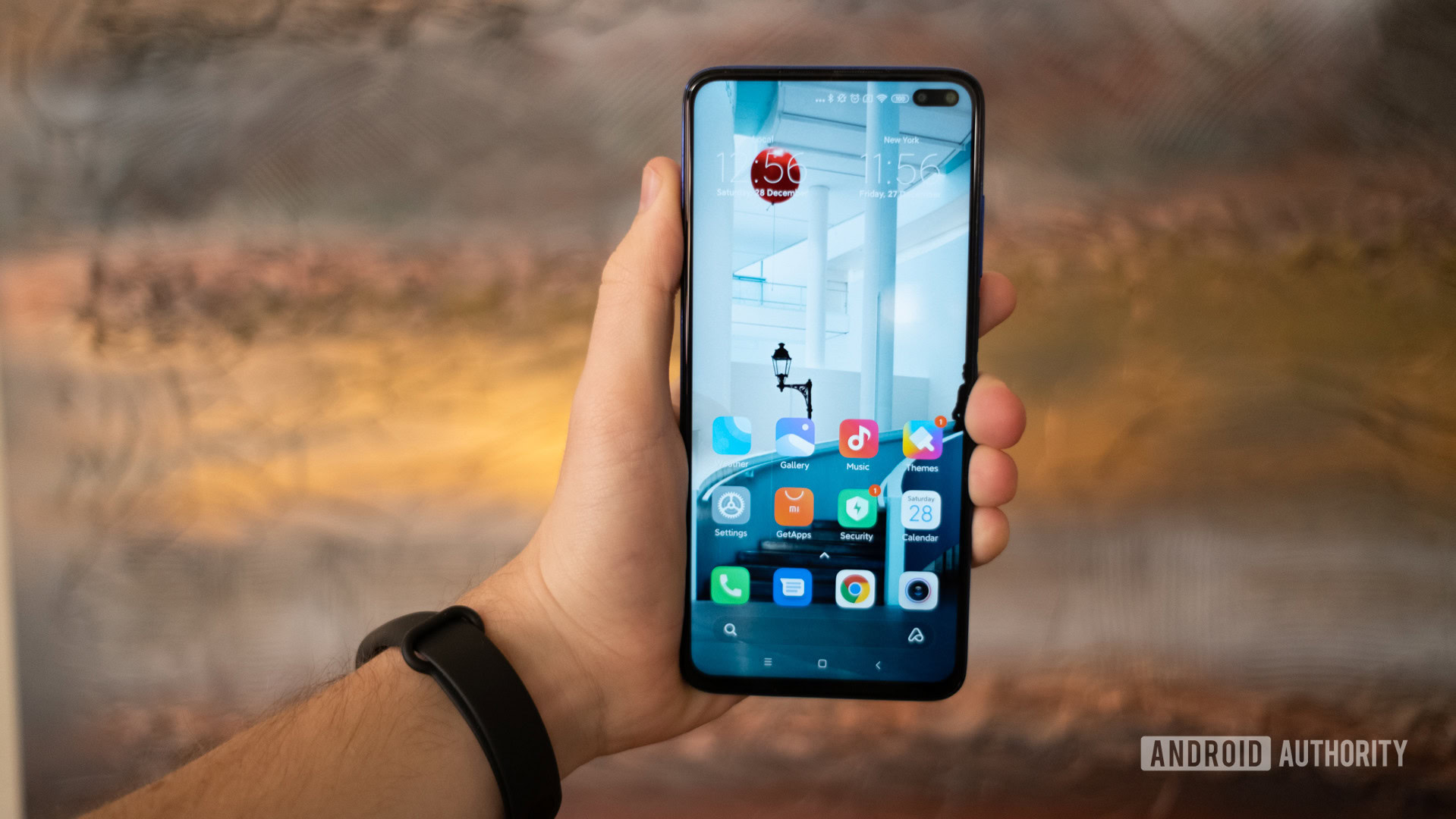
UPDATE: May 4, 2020: The Redmi K30 has now been updated to MIUI 11 version 11.0.5 and is on the April security patch.
The Redmi K30 is running MIUI 11, based on Android 10. MIUI is fairly customizable, but many Western users probably won’t like it as much, especially if you’re used to stock Android, as it tries to act like iOS in a lot of ways.
By default, there is no app drawer, though you can turn it on in settings. The most annoying thing for me is the fact that you need to press a settings button to get into the settings. I would love for Redmi to move a toggle into the notification shade, where I often access it on other devices.
With some tweaking, the UI is definitely usable, but you’ll have to put a lot of work in if you’re importing this device from China. We suggest waiting for the device to launch in India or your own market.
There is a cool feature on the Redmi K30 called Mi Share, which allows you to seamlessly transfer files between other Xiaomi, vivo, realme, and OPPO devices. This is effectively Apple’s AirDrop, so it’s nice that these manufacturers have worked together to make file transfer a lot easier.
What else do you need to know about the Redmi K30?
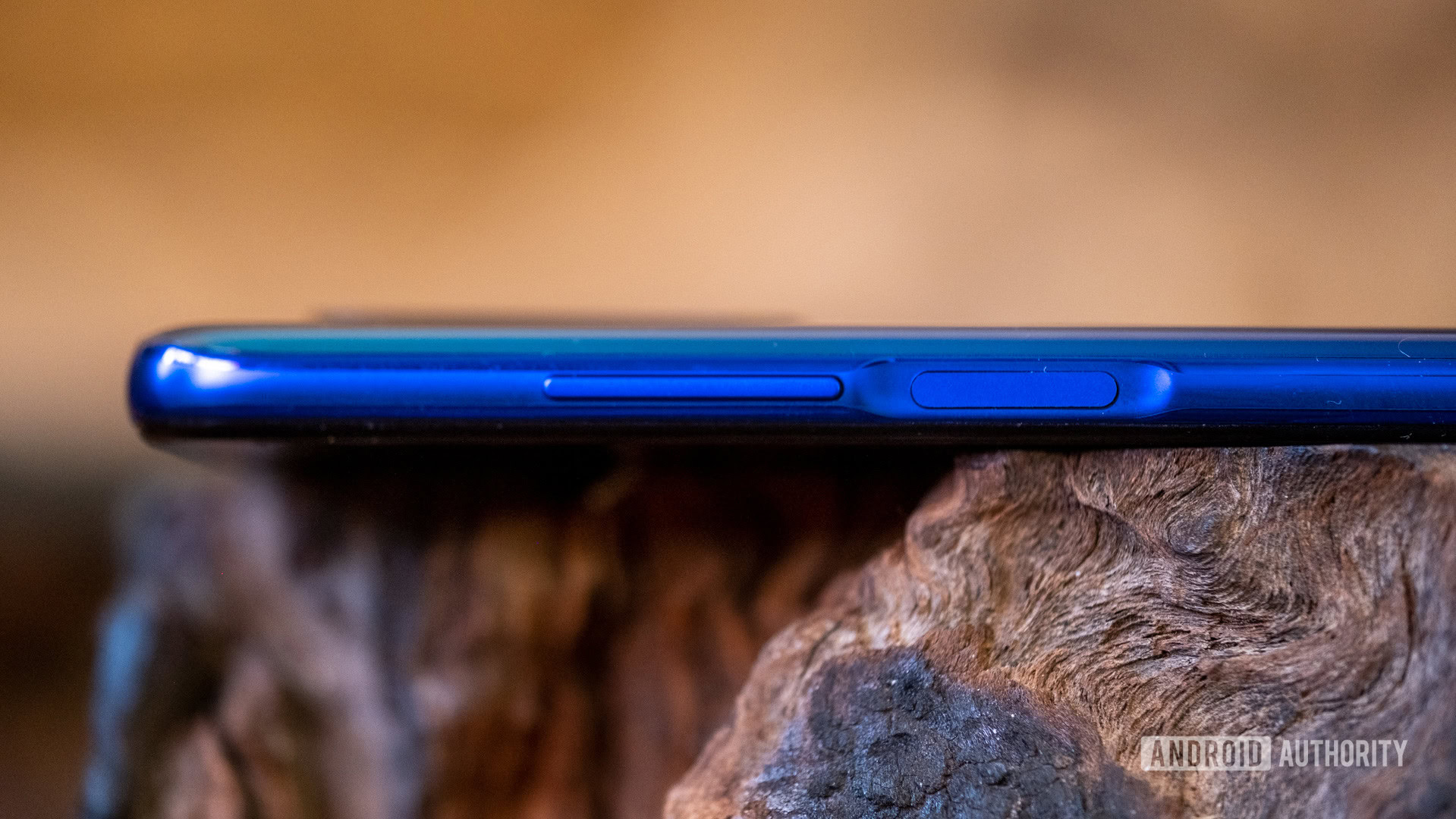
The Redmi K30 comes with a side-mounted fingerprint reader, which shares space with the power button. This is nice in some regards because it’s a natural place for you to rest your thumb, but if you pick up the phone differently and a different finger touches the sensor, the phone will vibrate to deny you entry. Rear-mounted has always been my placement of choice, but this is subjective based on the user.
There’s also microSD expansion in the Redmi K30, something we don’t see often anymore. You can only expand the storage of the device up to 256GB, but it’s still a cheap way to get more storage if you don’t want to buy the higher-tiered storage model.
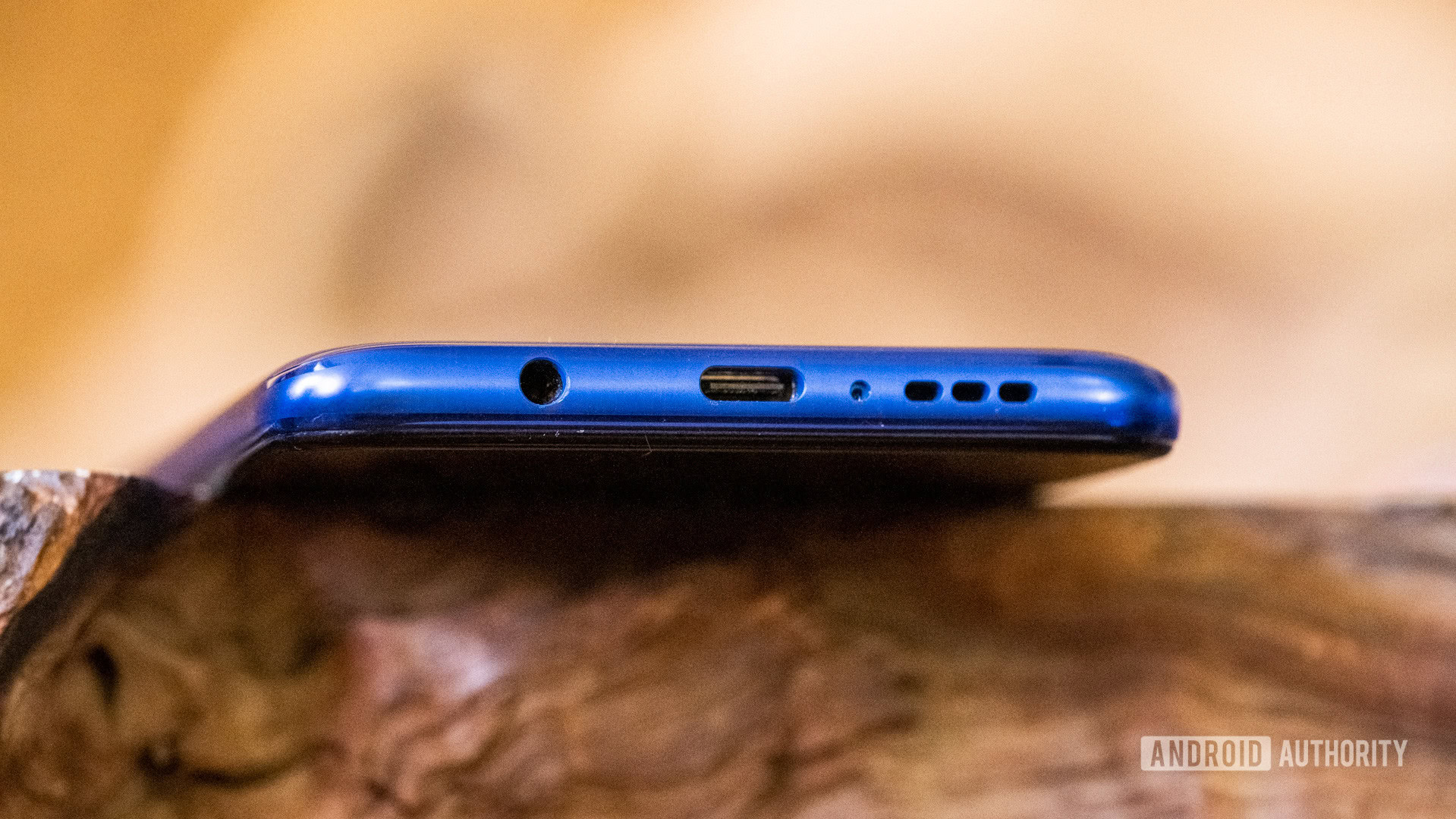
Lastly, you’ll find a headphone jack at the bottom of the phone, which is more standard in mid-range phones now, but rare in flagships. Even though the K3o is priced as a low-end device, it has a lot of specs that would make you think it’s worth a lot more. If you’re an audio fan, you’ll be happy to see this jack here.
Is the Redmi K30 worth buying?
For just about $230, it’s hard to deny the immense value you’re getting with the Redmi K30. That being said, if you import it from China you’ll need to be ready to sideload Google Play Services to get it to work correctly. I did this and it worked ok for a few days, but after a bit, the phone stopped downloading apps, and Google Pay refused to work.
If you live in India, the Redmi K30 is expected to launch in just a few weeks, in early 2020. While the price has not yet been revealed for the Indian market, the device is said to cost around the same as the Redmi K20. If you convert directly from the Chinese starting price of 1,599 yuan, the device would cost about Rs. 16,100. This puts the phone in direct competition with the realme X2, which costs just Rs. 16,999.
Most people in the US and Europe will probably want to go with a more local option, but if you’re brave enough to import one of these and mess with the software, there is a lot of value to be had in the Redmi K30.
Update: POCO X2 – a rebranded K30
POCO recently released the POCO X2, a Redmi K30 by another name. Unlike the POCO F1, it’s not a flagship phone. This time around, it’s using a Qualcomm 730G processor instead of something definitively more flagship. We’ve got a full review out, so make sure you check that out here.
Update: Redmi K30 Pro announced
On February 25, Redmi confirmed on Weibo that a Redmi K30 Pro is coming next month. It posted a photo of the front of the phone, showing the lack of a notch or punch-hole display. This all but confirmes that the K30 Pro will be using a popup camera unless it somehow got a hold of Oppo’s under-display camera tech.
Rumored specs of the K30 Pro include a Snapdragon 865 and X55 modem with 5G support, a 64MP quad rear camera setup, and a 4,700mAh battery with 33W wired charging. If Redmi is able to keep the price competitive, this could be a serious option.
What are your thoughts on the Redmi K30? Let us know in the comments down below!